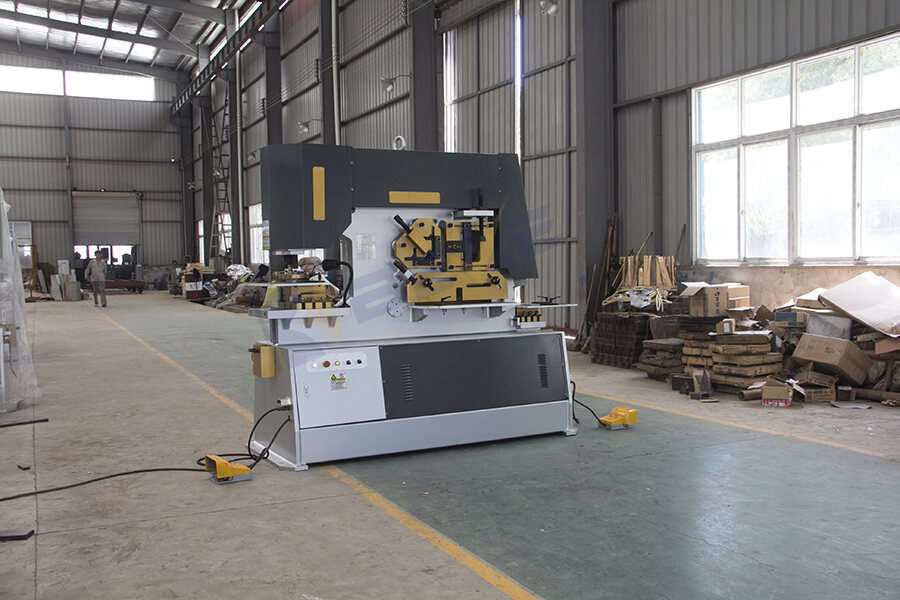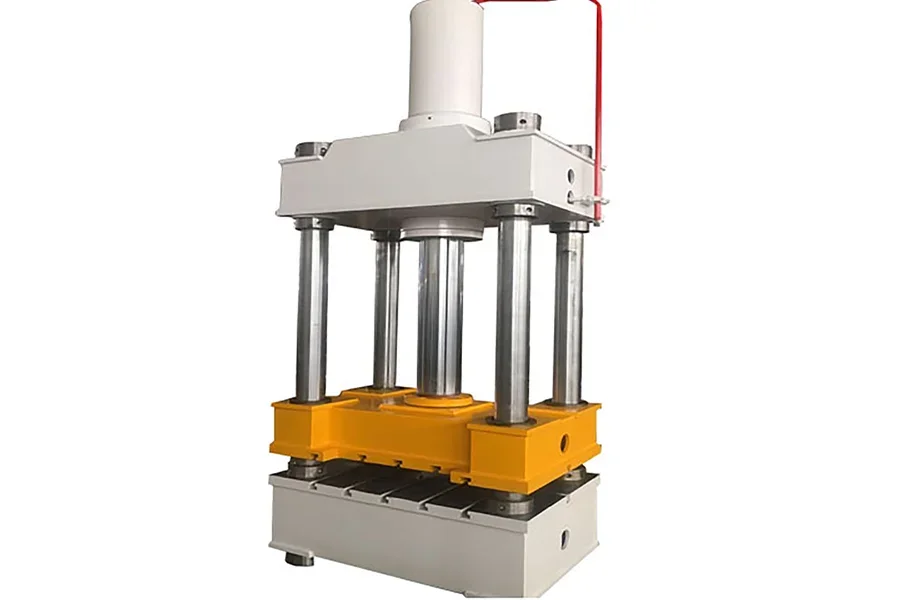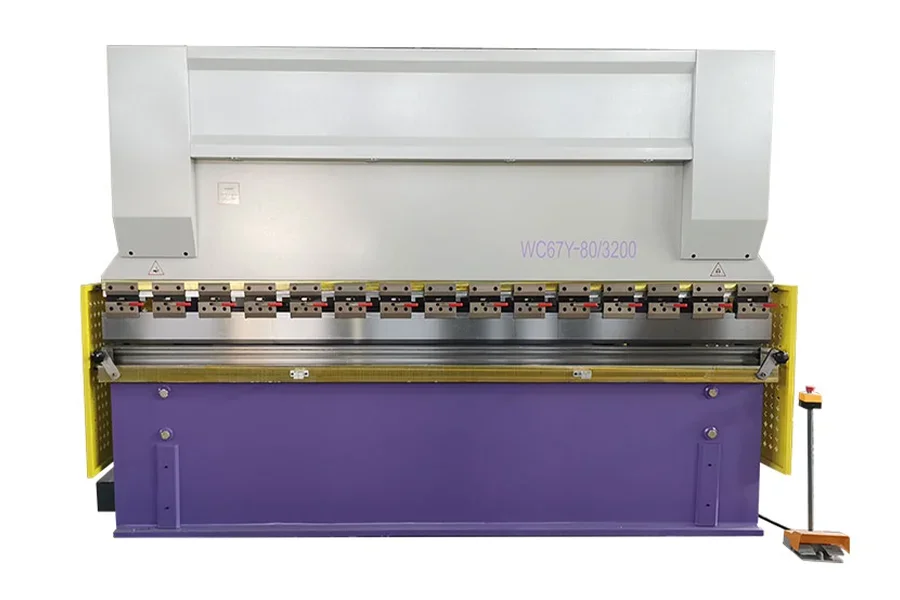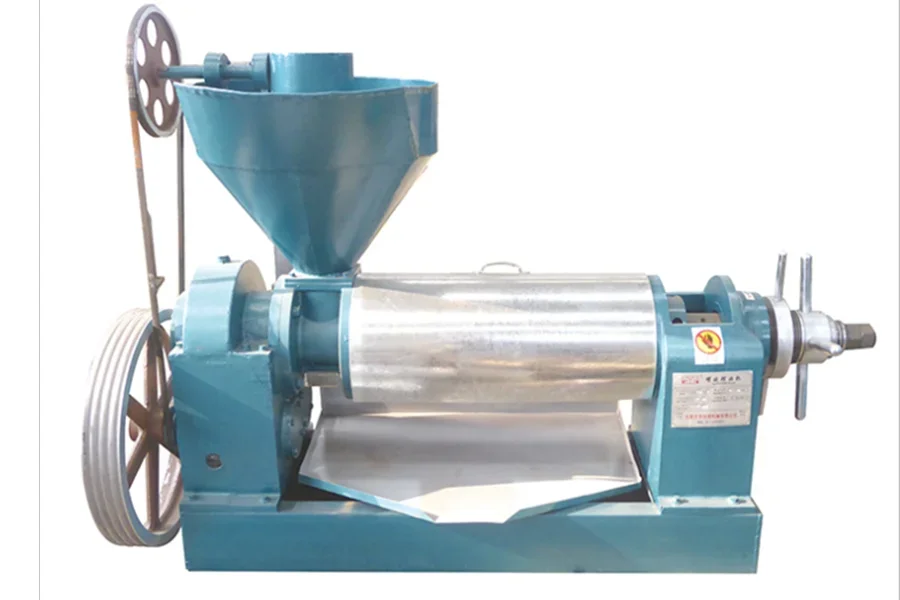With punching machines seeing an increase in popularity, understanding their key features has become essential for potential retailers and wholesalers. This guide explains what you need to know about about punching machines, as well as offering some key tips for choosing suitable punching machines for various business needs.
Table of Contents
Punching machines: Market demand and share
Keys tips for selecting punching machines
Types of punching machines
The target market for punching machines
Punching machines: Market demand and share
Punching machines have a market share of $ 3 billion. This is spread out over the Americas, the Asia Pacific region, Europe, the Middle East, and Africa. Current market trends include developing punching machines that are capable of performing several actions on a workpiece, such as bending, inlaying, notching, and cutting. Industries are also working to produce energy-efficient industrial punching machines by integrating them with automation processes.
Keys tips for selecting punching machines
Material size and thickness
The size of the workpiece should suit the machine bed for effective work to be done. Small machine bed sizes of 4ft x 4ft will suit similar or smaller workpieces. On the other hand, a bed size of 4ft x 8ft or 5ft x 10ft would be recommended for businesses that will handle bigger workpieces. Also, depending on the thickness of the material they intend to work with, a company should consider the tonnage of the machine they acquire. Standard punching machines are offered in 20-ton or 30-ton configurations, with the 30-ton machine being suitable for thick materials of up to 30mm.
Material handling capabilities
If the business does not intend to incorporate labor in its production or when lights-out production is the goal, they can consider the punching machine’s automation. Automation will increase efficiency and allow high-volume processing of materials.
Machine productivity
Machine productivity refers to the punching machine’s production rate and is measured in strokes per hour. The punch press, for example, has a productivity of 5400 strokes per hour which is very high compared to the press brake, which has a productivity of 3000 strokes per hour. Knowing the productivity needs for each business would help them to select a machine that suits their workload.
Setup reduction and productivity
Part processing involves the development of a part with different tools. Faster machines will guarantee quicker processing of workpieces than slower machines. This is important when considering non-value-adding processing such as material loading, tool changing, and relocation clamps. Over time, a machine that takes 20 seconds to work on a piece will be more efficient than one which takes 26 seconds. The difference of 6 seconds cumulatively adds up to a significant increase in productivity.
Part complexity
Depending on the part’s complexity, the number of workstations can vary. Simple features will mean that each station has a small number of tools, for example 20. It translates to more workstations and, consequently, a smaller turret. Parts with more complex geometric features will require as many as 48 tools, and a larger turret.
Types of punching machines
Punch press
The punch press consists of a large turret that can hold over 70 different punches and colors.

Features:
- They can use compressed air as the source of power.
- They can be used together with other machines such as laser machines.
Pros:
- They require minimal maintenance.
- They are easy to operate.
- They can reduce the manufacturing cost by saving power.
- They are stable and provide high precision.
Cons:
- They are not suitable for small-scale production.
- They are very noisy when in operation.
- Complex parts require an expert to operate.
- They are costly and require a steep investment.
Price:
They cost from $ 2,000 to $ 23,000.
Stamping press
The Stamping press is used to cut or deform metal with a die. It is an automated version of an anvil and hammer.

Features:
- It has a bolster plate and a ram. The ram moves vertically, hitting the bolster plate and forcing the workpiece into a specific shape.
- It is linked to an automatic feeder that supplies it with raw material to be reformed.
Pros:
- It offers a cost effective way to make the die.
- Secondary costs such as cleaning and plating are also cheaper.
- It has a high level of automation.
Cons:
- They are expensive.
- It may be hard to alter the shape of the die if the design has to be changed during production.
Price:
- They cost between $ 4,000 – $ 55,000.
Press break
The Press brake machine is useful for bending sheet and plate material by clamping the workpiece between a die and a matching punch.

Features:
- It comes with a wedge-shaped bending crown to ensure accuracy.
- The controller can adjust the slider stroke.
- It uses a fully welded structure for rigidity and strength.
Pros:
- The manufacturing cost of bending the die is low.
- It can be better adapted to trialing new products.
- It is suitable for the production of small and multi-varied parts.
Cons:
- It’s easy to fracture the material during bend formation.
- Some materials can form large indentations during bending.
- Slippage during bend forming means that the material can’t be bent further or reused.
Price:
- Small press brakes cost between $ 50,000 – $ 120,000.
- Large press brakes cost as much as $ 500,000.
Screw press
A Screw press is a machine where a screw drives the ram up and down. It uses a coarse screw that converts the rotational movement into a downwards motion.

Features:
- A stainless steel screw shaft body that is slightly tapered.
- It is made of carbon steel with one frame to enhance stability and rigidity.
Pros:
- It has a simple structure.
- It is easy to use and maintain.
Cons:
- It has a low transmission efficiency with an energy transmission rate of 10%.
- It is not easy to control the strike strength.
- Friction belts can quickly wear and tear and will need frequent replacement.
Price:
- They cost between $ 2000 and $ 10,000.
The target market for punching machines
Punching machines are expected to grow by $ 154.6 million by 2025, with a compound annual growth rate (CAGR) of 2.12%. The North American region has experienced healthy growth and is expected to exhibit the same level of growth over the forecast period. However, The Asia and Pacific region will experience the most significant growth, with China, Japan, and Korea touted as the most important markets to drive this growth. Currently, the Asia Pacific region holds a 56% market share of punching machines globally, while the year on year growth rate is forecasted at 3.17%.
Conclusion
Punching machines are a vital part of many industries, and their popularity is likely to continue to grow. This article has shown how to identify good punching machines, and the different types of punching machines available, as well as highlighting their current global market share. Businesses looking to expand into this market can obtain more information on the Alibaba.com punching machines section.



